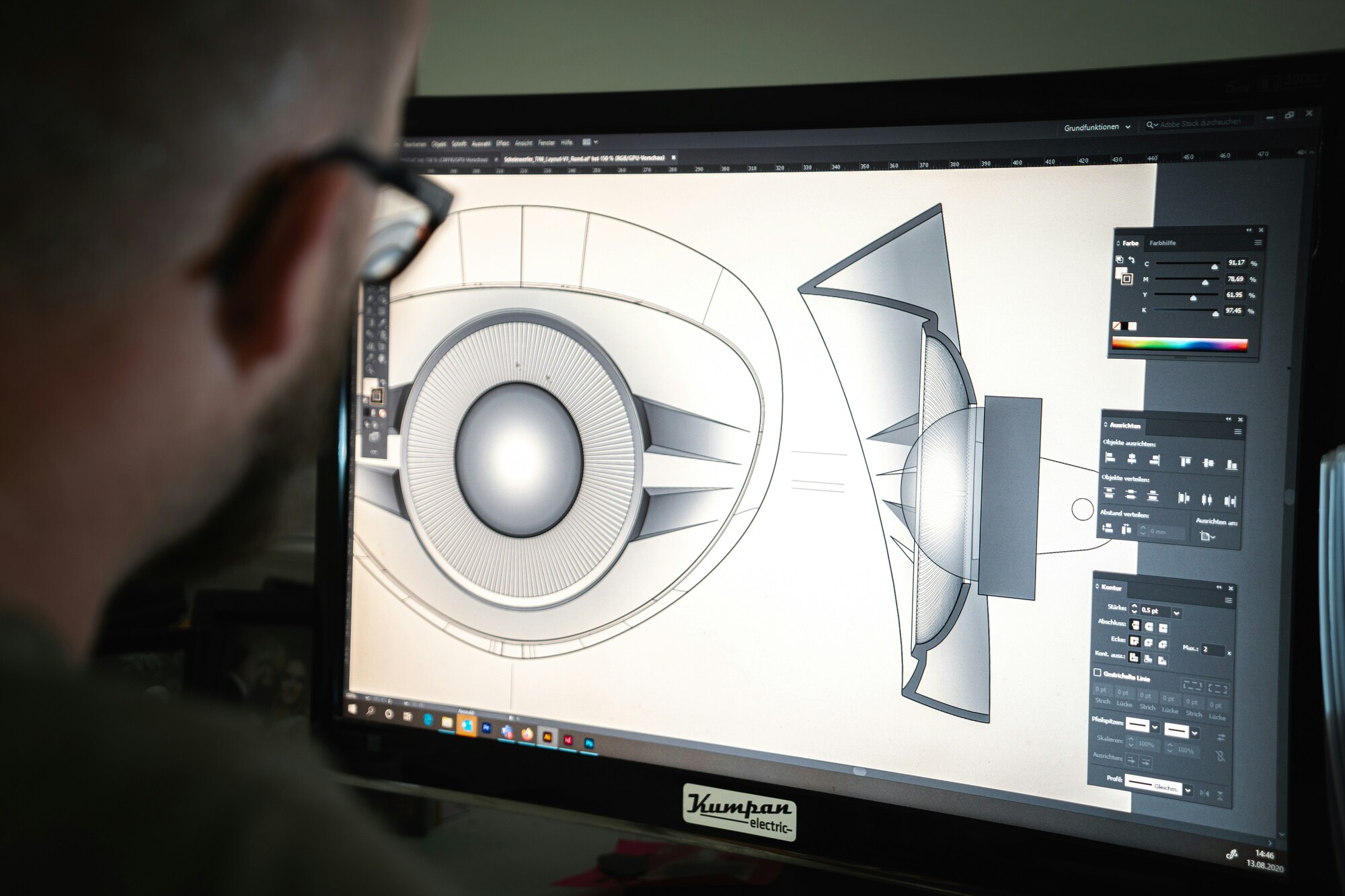What is 3D Rigging?
3D rigging, also known as skeleton animation, is a technique employed to define the movements and gestures of a 3D model character. Rigging artists utilize interconnected bones to establish a structure that controls the range of actions a model can perform. Rigging is not exclusive to human models; it can be applied to any object with dynamic actions, including unconventional ones like galaxies, buildings, or animated objects like Pixar’s lamp.
How to Rig a 3D Model?
Skinning or Mesh Construction:
- Construct a series of bones representing the model’s skeleton.
- Create and set bones and joints, forming an armature for the model.
- Skin the mesh to the bones, establishing the initial structure.
Controller Creation:
- Generate controllers for each part of the model to facilitate movement control.
- Controllers come in various geometrical shapes, each serving specific purposes (e.g., diamond for rotation, cube for translation, sphere for rotation of neck, pelvis, and torso, trapezoid for joints).
- Controllers help animators understand and manipulate the model’s movement effectively.
Joints, Limitations, and Weight Painting:
- Define joints to limit the model’s movement.
- Implement weight painting, determining the influence of each part’s weight on bone movement.
- Auto-weight-painting modes in software, such as Blender, provide a starting point but may require manual tuning for perfect rigging.
Forward and Inverse Kinematics:
- Establish a hierarchical relationship between bones, known as forward kinematics, where upper parts’ actions affect lower regions.
- Utilize inverse kinematics to allow independent animation of lower parts from upper parts, simplifying the animation process.
Best 3D Rigging Software
Various software options cater to 3D rigging needs. Some popular choices include:
Maya: Renowned for its versatility, Maya offers a comprehensive set of tools for rigging and animation.
Blender: An open-source option with robust rigging capabilities, Blender is widely used by both professionals and hobbyists.
AutoDesk 3ds Max: Known for its user-friendly interface, 3ds Max provides powerful rigging tools suitable for character animation.
Cinema 4D: Popular among motion graphics artists, Cinema 4D offers intuitive rigging features for animation projects.
Character Rigger
A character rigger plays a crucial role in the 3D animation pipeline by designing the skeletal framework for computer-generated (CG) models, defining their movement limitations, and preparing them for the animation phase. Here’s a detailed look at the responsibilities, skills, salary, and preferred software programs for character riggers:
Role of a Character Rigger
- Designs the skeleton framework for 3D CG models.
- Defines movement limitations for characters.
- Works on characters designed by modelers.
- Collaborates with animators to test and refine rigs.
- Ensures proper articulation of characters within environments, layouts, and backgrounds.
- Utilizes anatomy, drawing, and physics knowledge to enhance character movement.
- Incorporates problem-solving skills and creativity in the rigging process.
Skills Required for Character Riggers
- Strong foundation in anatomy and drawing.
- Understanding of physics and movement principles.
- Proficiency in designing, testing, and maintaining character setups.
- Ability to articulate characters within diverse contexts.
- Familiarity with the animation pipeline and teamwork.
- Programming skills, especially in languages like Python for rigging automation.
- Proficiency in 3D animation software programs.
- Creative problem-solving abilities.
Becoming a Character Rigger
To become a professional character rigger, aspiring individuals should focus on mastering the mentioned skills and gaining hands-on experience in 3D animation. Educational backgrounds in animation or related fields can provide a solid foundation. Continuous learning and staying updated with industry trends are essential for career growth.
Character Rigger Salary
- Average: $78,396 per year.
- Senior Artist: $127,000 per year.
- Junior Artist: $48,000 per year.
Best 3D Rigging Software Programs
- Preferred combination: Photoshop, ZBrush, and Maya.
- Popular choices: Maya, Blender, 3Ds Max, Modo, ZBrush, Cinema 4D, Houdini.
- Industry standards: Maya and 3D Studio Max.
- Blender: Free and comprehensive rigging processes.
- Other options: Moka Studio (real-time motion capture), Mixamo (automated rigging), Toon Boom (animation and drawing), MakeHuman (automated humanoid character rigging).
Conclusion
Character rigging is a specialized skill set crucial for bringing 3D characters to life in animations. Character riggers combine artistic and technical expertise, utilizing a variety of software programs to create realistic and expressive character movements within the animation pipeline.


